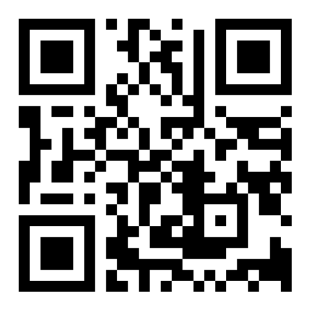
In this webinar, I had a chance to share my understanding of Universal Design for Learning (UDL) which is a democratic response to the one-size-fits-all approach and provides a framework for educators/designers to increase the chances of learners with different prior knowledge and abilities. UDL is mostly associated with technological tools, but I think this oversimplifies the power of this philosophy. To me, it is an approach to make teaching more inclusive and accessible. In this context, technology can be supportive.
At the beginning of the webinar, I provided an example from a “The Myth of Average” TedTalk by Todd Rose who underlines the reality that designing for an average learner means designing for no one. Then, I shared the three principles of UDL: providing multiple means of 1) engagement (why of learning), 2) representation (what of learning), and 3) action and expression (how of learning).
I believe that effective implementation of UDL helps educators to provide a democratic environment by embracing the diverse needs of learners. To contribute to this effort, I provided a list of tools to increase students’ engagement, present multiple representations to make the learning process meaningful and give students options to show their understanding in different ways.
As an educator and researcher, I would like to support other educators who like to explore more about UDL and try to integrate this philosophy into their existing practice. Feel free to contact me if you have any question: asoken@umass.edu Twitter: @alisoken
The presentations including the links for the tools can be found in the following link.
https://tinyurl.com/HASTAC-UDL
